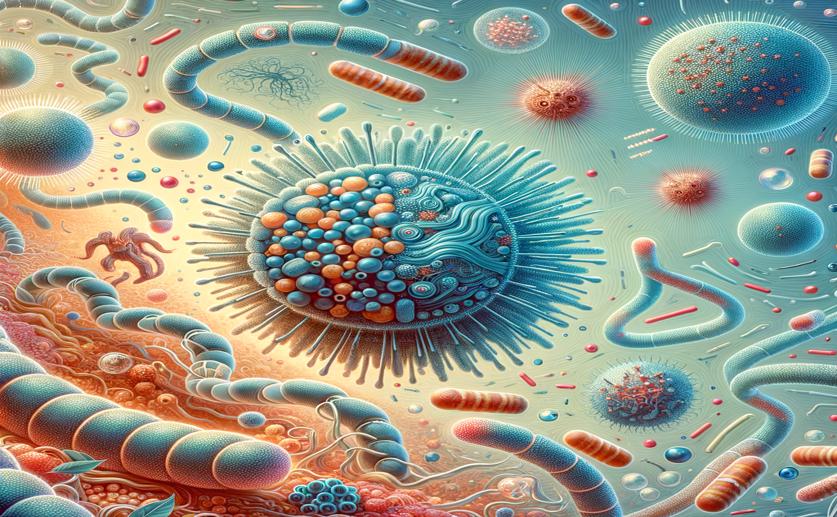
How Bacteria and Viruses Swap Genes and Evolve Together
Jenn Hoskins
5th May, 2024

Image Source: Natural Science News, 2024
Key Findings
- Researchers found that viruses infecting bacteria (phages) can swap genes with their hosts, impacting bacterial evolution
- This gene exchange can occur between phages and various bacteria, including those causing human diseases
- Understanding these genetic exchanges is crucial for the safe use of phages in medicine, food safety, and environmental applications
References
Main Study
1) Genetic recombination-mediated evolutionary interactions between phages of potential industrial importance and prophages of their hosts within or across the domains of Escherichia, Listeria, Salmonella, Campylobacter, and Staphylococcus
Published 4th May, 2024
https://doi.org/10.1186/s12866-024-03312-6
Related Studies
2) The Human Gut Phage Community and Its Implications for Health and Disease.
3) Lysogeny in nature: mechanisms, impact and ecology of temperate phages.
4) Analysis of genetic recombination and the pan-genome of a highly recombinogenic bacteriophage species.



 4th April, 2024 | Greg Howard
4th April, 2024 | Greg Howard